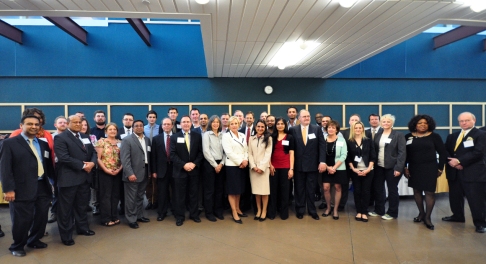Have you ever wondered what your Net Worth is? And if you are getting wealthier or poorer!
When you hear “net worth,” you probably think of oil tycoons and Wall Street bigwigs− those folks with more money than many third-world countries.
But tracking net worth shouldn’t be just for millionaires and billionaires… because it has nothing to do with excessive wealth. Rather, net worth is simply the difference between your assets and your liabilities.
To figure out your own net worth, you need to tally up all of the money that you have and the value of the things you own. This includes what’s in your checking, savings, retirement and investment accounts, as well as the market value of property that you own, including your home, your car, and even jewelry and collectibles.
Once you have these figures, and then subtract all of the money that you owe, such as credit card debt and what’s left to pay on your student loans, auto loans and mortgage. The remaining balance is your net worth. If you have more than you owe, you have a positive net worth. On the other hand, if you owe more money than you have available to you, you have a negative net worth.
Have you wanted to track your assets and liabilities over time without using a complicated accounting package that forces you to enter every in-flow or out-flow of money?
D2GO2 Net Worth app will help you stay informed on what assets you own, what liabilities you owe and what your financial net worth is today. This simple app lets you enter the current value of your assets and liabilities, including but not limited to…
• Cash and cash equivalents
• Investments and real estate
• Vehicles and other personal property
• 401K and retirement funds
• Loans and credit card balances
• Alimony and child support
• Mortgages and home equity loans
• Unpaid taxes and outstanding debt
You are able to visualize the respective contributions of different kinds of assets to the total assets you own, and how the net worth changes with addition of assets and liabilities. The app keeps a history of your net worth, so you can see and keep track of your financial progress over time.
If you’re a client, who wants to discuss or send information on assets and liabilities to a financial adviser, Net Worth is an easy to use app for you.
• Track your Net Worth over time
• Track the balances of multiple asset accounts and liability accounts as desired
• Choose your own currency symbol
• Data is safe and secure with password protection and SSL Certified encrypted
• Edit, email, or print financial Net Worth from anywhere, anytime, and on any device.
With D2GO2 apps, understanding and improving your financial Net Worth just got so much easier. Your net worth is a snapshot of your overall financial health. So the more you narrow the gap between positive and negative net worth, the more your vital signs are improving.
Cheers and We’ll see you soon.
Anant Goel
Producer CEO- RKNet Studios











